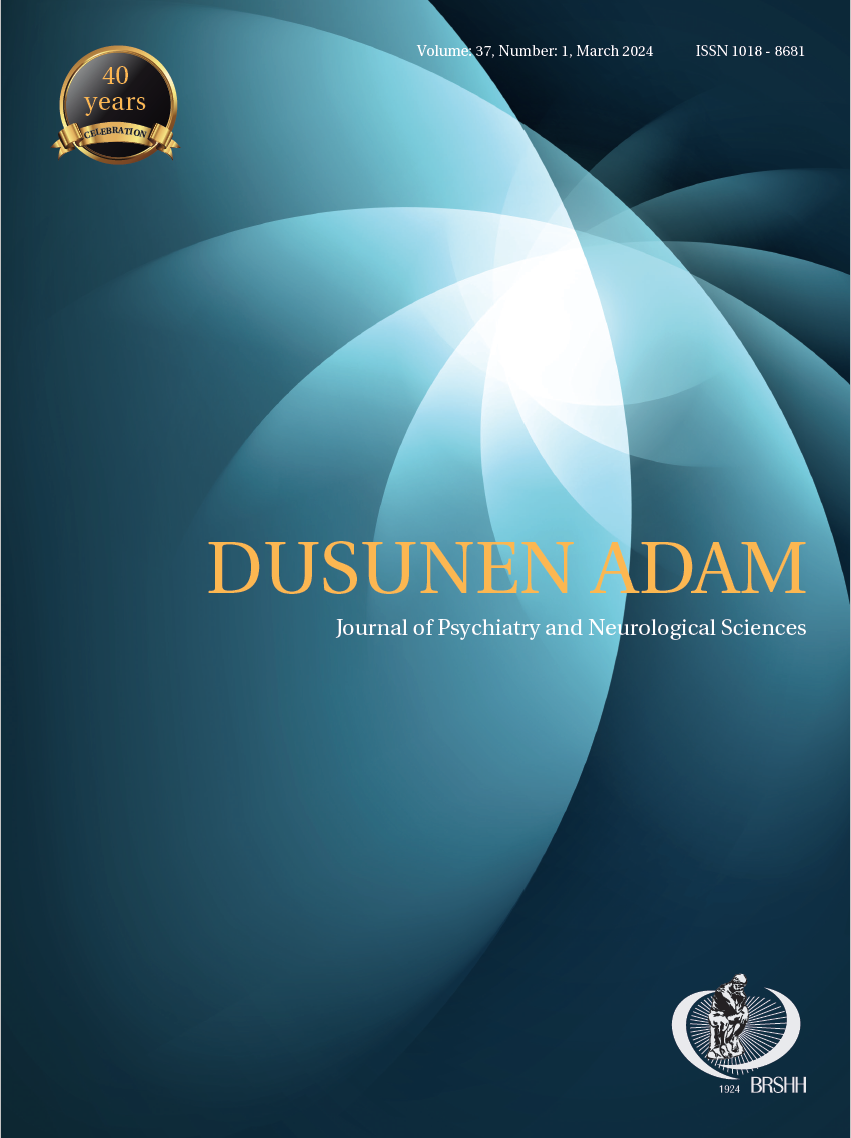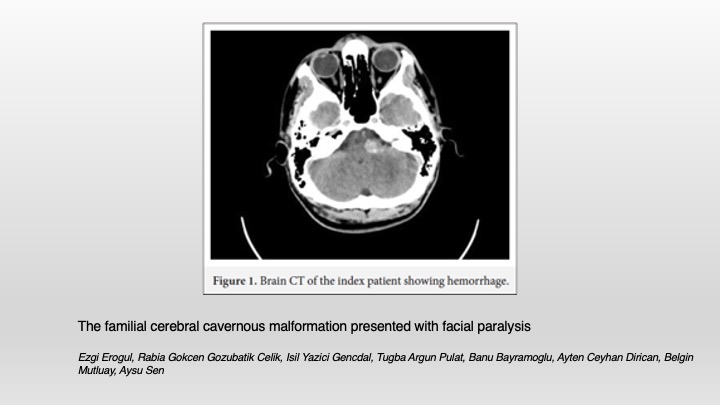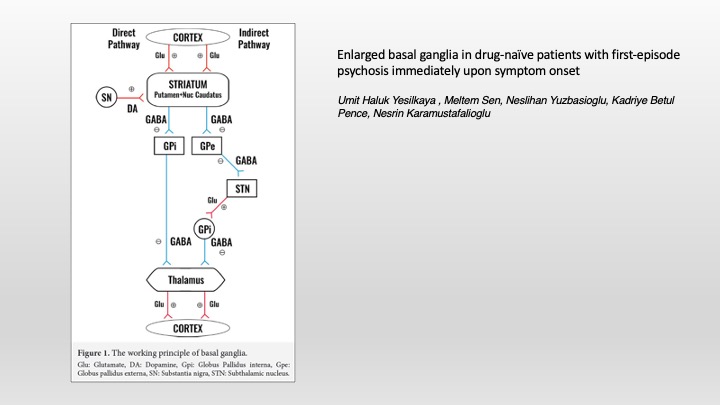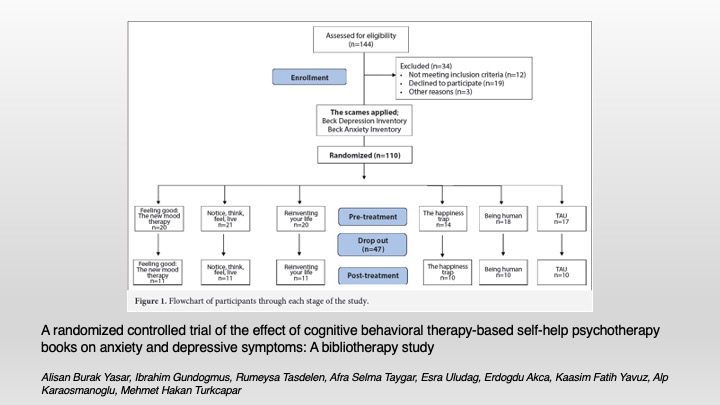2University of Health Sciences, Kartal Dr. Lutfi Kirdar City Hospital, Department of Biochemistry, Istanbul, Turkiye
Abstract
Objective: Dysregulation of the hypothalamic-pituitary-adrenal (HPA) axis and elevated cortisol levels are frequently observed in Alzheimer’s disease (AD) patients. This study aimed to explore the potential use of saliva cortisol levels as an early marker for the initial clinical stages of AD and to investigate the correlation between saliva cortisol levels and behavioral symptoms in AD patients.
Method: The sample included 81 participants of similar ages: AD patients (n=30), individuals with subjective memory loss (SML) (n=31), and a healthy control group (n=20). Saliva samples were collected at 08:00 and 16:00, and cortisol levels were compared across these groups. The Mini-Mental State Examination (MMSE), adjusted for educational level, was administered to all participants. The SML and healthy groups completed the Subjective Memory Complaints Questionnaire (SMCQ) and the Geriatric Depression Scale (GDS). Caregivers of AD patients were interviewed using the Neuropsychiatric Inventory (NPI) to assess the relationship between cortisol levels and behavioral symptoms in AD patients.
Results: Evening cortisol levels in the AD group were significantly higher than those in the SML group (p<0.001). However, when examining salivary cortisol levels, no significant differences were detected between the SML group and the healthy controls. A negative correlation was found between salivary cortisol levels and MMSE scores in AD patients. Additionally, a positive correlation was observed between evening cortisol levels and several items in the NPI among AD patients.
Conclusion: Although no significant changes in salivary cortisol levels were found in the SML group, which does not support its use as an early indicator of AD, the results suggest that the HPA axis may be a cause of behavioral problems, particularly in patients with severe AD.











 Ronay Bozyel1
Ronay Bozyel1 













